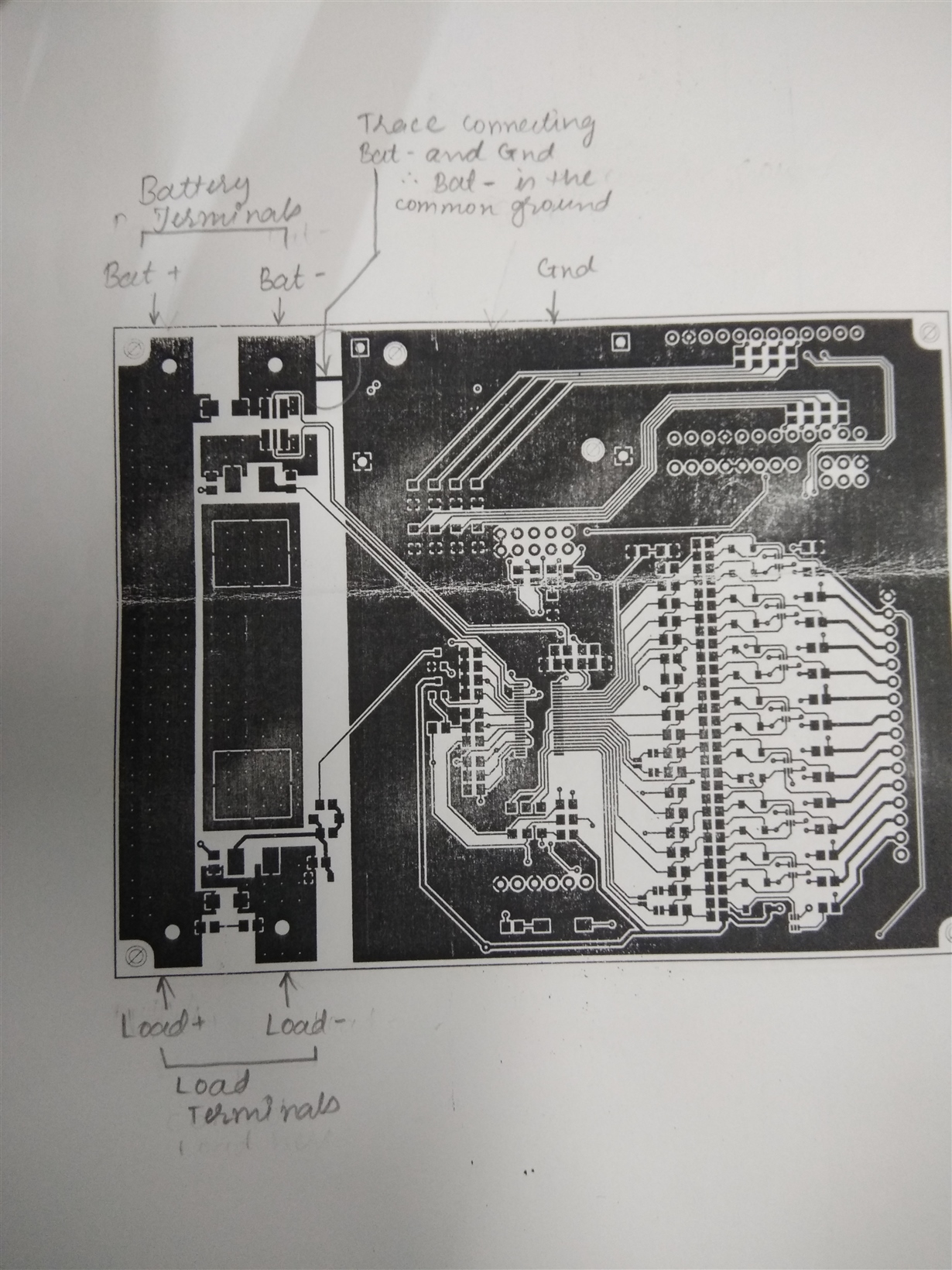Hi,
I am designing a BMS for 13s Li-ion pack (48.1v). Kindly help me understand two things -
1. Is charging supported by BQ76940? How will the cells be charged?
According to my understanding, an external supply will be required to charge the cells but I don't see any options to set the charge current. Charging and balancing are two different things. Many settings are available for balancing but for charging, only a CHG MOSFET is available which I believe will cut off the supply from external charger in the event of OV on any cell. Kindly shed some light on cell charging. Can charging be controlled via BQ76940 or do I need an external balance charger to charge the battery pack?
2. Can cell balancing be active during charging and discharging both?
As far as what I have understood, the battery pack is always connected to the BMS and can keep the BMS powered on always (BMS will be constantly supplied 48.1v by the pack). Since the BMS will always be on (assuming no faults occur in the battery), I can program the MCU to balance the cells continuously, be it during charging or discharging. Is my understanding correct?
3. Balance Current: How much? Effects of high/low balance current?
How to decide the balance current value? I have a 1kWh pack (13s7p pack consisting of 3.7v,3000mAh Li-ion cells). I have referred to a TI design and the balance current is set to 28.7mA. Assuming my cells to be matched closely within 1-3%, what should I set the balance current to? What are the repercussions of too high balance current? What factors to consider while deciding its value?



